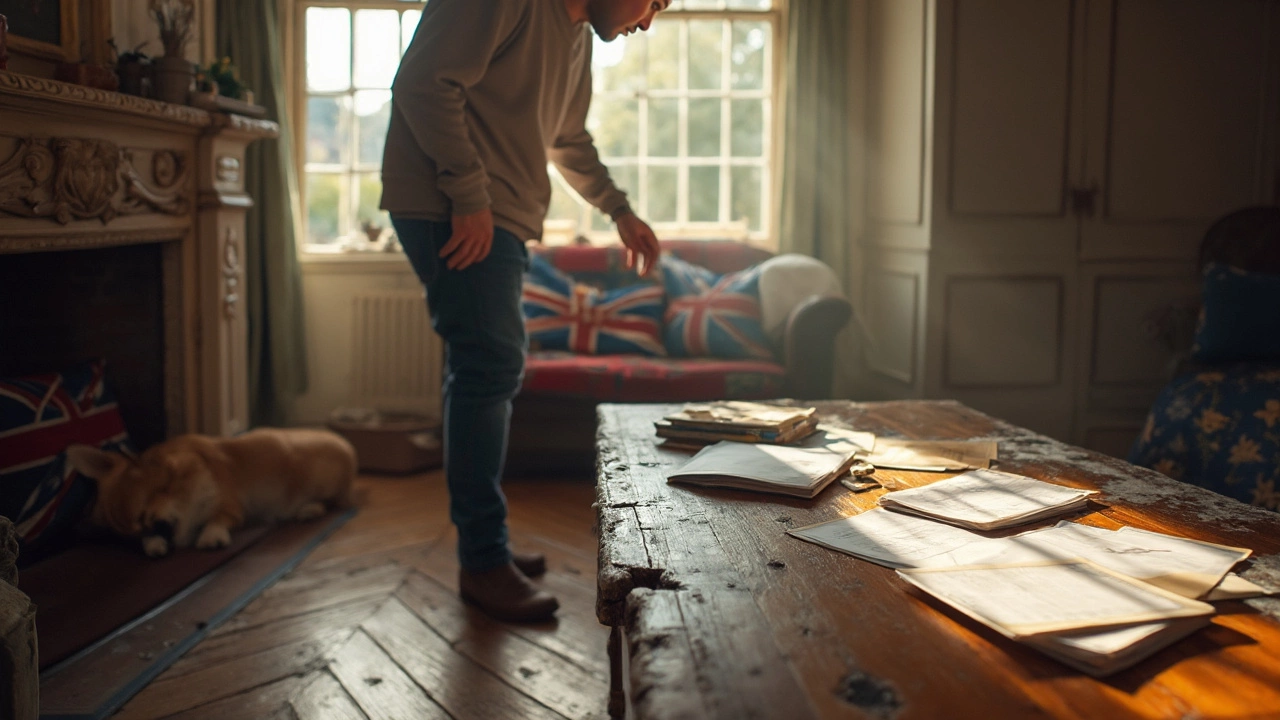Sagging Floors – What Causes Them and How to Fix Them
If you’ve noticed a dip or bounce under your carpet, it’s probably a sagging floor. That feeling can be unsettling, but it’s usually a sign of something fixable. Ignoring it may lead to bigger damage, higher repair costs, and safety issues. Let’s break down why floors sag and what you can do about it, without the jargon.
Common Causes of Sagging Floors
Most sagging starts with the floor joists – the wooden beams that hold up your floorboards. Over time, joists can rot, crack, or become too weak to support the weight above them. This often happens in older homes where the wood has been exposed to moisture for years.
Water damage is a silent culprit. Leaky pipes, roof drips, or high humidity can soak the joists, causing rot and warping. When the wood swells, it loses strength, and the floor begins to dip. Look for damp spots, musty smells, or visible mold as warning signs.
Heavy loads are another trigger. Storing too many heavy items, installing a big bathtub on a second floor, or adding a heavy stone countertop can overstress joists that weren’t designed for that weight. The floor may hold up at first, then slowly sag as the joists flex.
Foundation movement can also affect the floor. If the house settles unevenly, the joists attached to the foundation can shift, creating a low spot in the floor. You might notice doors that stick or cracks in the walls alongside the sag.
Practical Steps to Repair and Prevent Sagging
First, confirm the problem. Walk across the floor and feel for the lowest point. Use a long level or a laser level to see how far the dip is from the surrounding area. A dip of more than 1/8 inch over a 2‑foot span usually needs attention.
Next, inspect the joists. If you can see them from a basement or crawl space, check for rot, splits, or insect damage. Replace any compromised joists with new, pressure‑treated lumber. If you can’t see them, a professional can use a joist scanner to locate hidden issues.
Control moisture. Fix any leaks, improve ventilation, and use a dehumidifier in damp areas. Installing a vapor barrier under the flooring can stop future water from soaking the joists.
Reinforce weak areas. Adding sister joists – extra beams fastened alongside the existing ones – can boost load‑bearing capacity. In many cases, a few extra screws and a couple of new boards are enough to level the floor.
Choose the right flooring material. Some floors, like solid hardwood, add extra weight and can worsen a sag. If you’re replacing flooring, consider lighter options like engineered wood or luxury vinyl plank that won’t stress the joists.
Finally, call in the experts if the sag is severe, if you spot major rot, or if you suspect foundation movement. First Choice Flooring Solutions has the tools and experience to assess the situation, repair joists, and install a level floor that lasts.
Don’t let a sagging floor become a bigger headache. Spot the signs early, address moisture, and reinforce where needed. With the right steps, you’ll have a steady, safe floor that looks great for years to come.
Are Sagging Floors Covered by Insurance? What Homeowners Need to Know
- Gavin Whitaker
- |
- |
- 0
Wondering if your insurance will cover sagging floors? This article breaks down what policies usually include, what’s often excluded, and how insurers determine responsibility. Get clear info on the difference between sudden events and gradual problems, plus tips for handling claims if your floor starts to give way. Protect your home by understanding where you stand before trouble hits.
View more